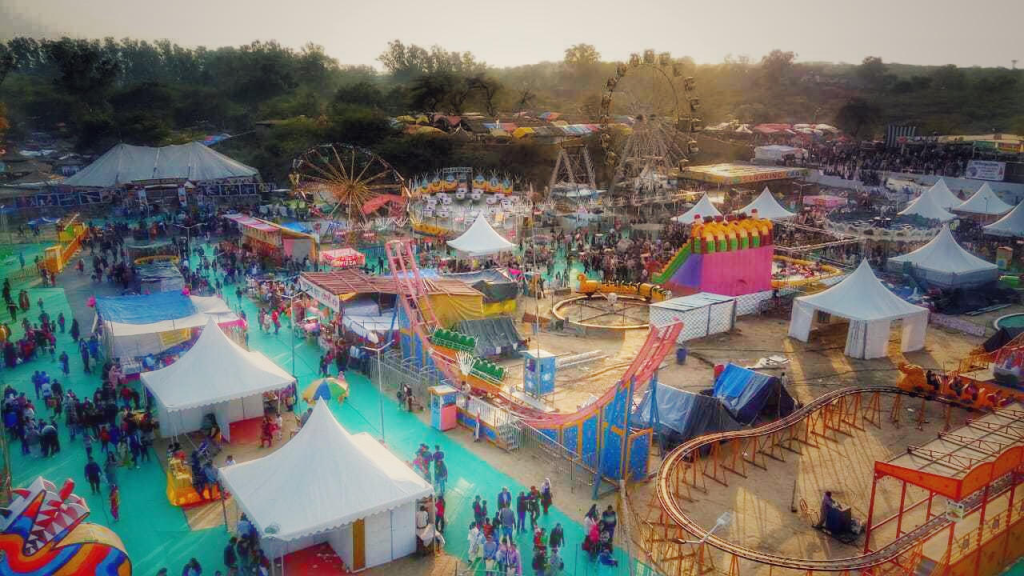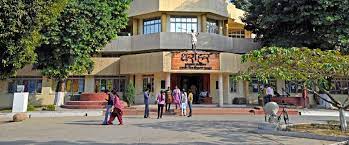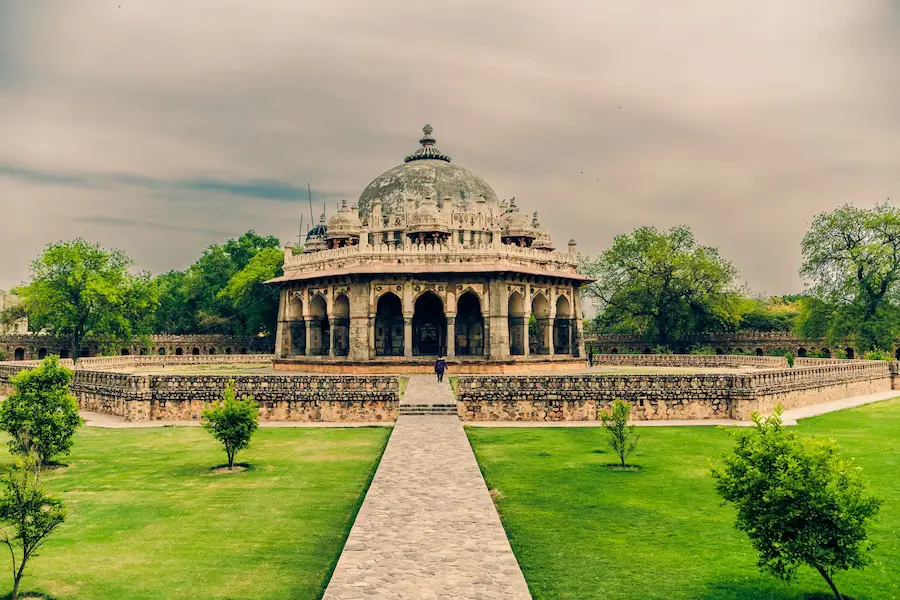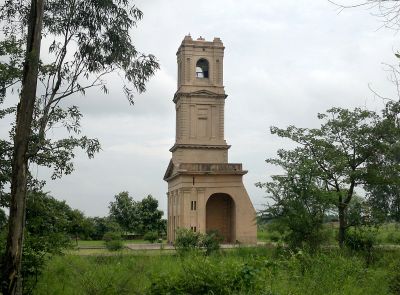Browse Items (153 total)
Sort by:
-
Kaku Rana Mewati
Kaku Rana, also known as Kaku Rana Balot Meo, was a notable leader of the Meo community in the Mewat region during the 13th century. He is recognized for organizing the Meos into a structured system consisting of three main lineages (vansh), thirteen subdivisions (pals), and fifty-two clans (gotras), a framework that remains significant in the community’s social structure.
During the reign of Sultan Ghiyas-ud-din Balban (1266–1287), Mewat witnessed multiple military campaigns aimed at subduing the Meo population. Kaku Rana played a key role in leading the resistance against these invasions. Establishing his stronghold at Garhdhamna, near Mehrauli, he led the Meos in their efforts to defend their land. However, despite their resistance, the Meos suffered significant defeats, prompting Balban to set up police posts and forts to tighten his control over the region.
-
Group of Tombs and Mosques
Chronologically almost all of them were built when Mughal emperors Akbar, Jahangir and Shahjahan reigned (1594-1626 AD). They present fine examples of an antedated Pathan style of architecture, and also resemble the style of Shargi monuments of Jaunpur. Homogeneity of grandiose architecture and planning indicate that it was a family graveyard probably of the local chiefs and nobles of repute.
-
Gurukul, Jhajjar Museum Museum
It is the biggest museum in Haryana. The committed and passionate effort of Swami Omanand Saraswati in collecting antiques from various parts of the country brought this museum into being in 1959. The huge museum has antique coins and beautiful variety of idols.
The major attractions are idols of Panchwati’s deer statue (referring to Sita’s kidnapping), Lord Vishnu, and Lord Ganesha. Meticulously and tactfully made wooden chain with no joints and a unique ‘flexible’ stone are worth-seeing.
-
Bua Wala Talab
Years ago, there lived Mustafa Kalol, who enjoyed prestigious posts in Government; he had a beautiful and brave daughter named Bua. Once in a jungle, she encountered a tiger, a poor woodcutter Hasan helped her and took her back to the palace. She fell in love with brave and handsome Hasan. Even Bua’s father reluctantly approved of their marriage. Bua’s father sent Hasan to the battle field to fight as a soldier where he died. When Bua came to know about the sad news, she went to the pond where the lovers used to meet, with Hasan’s dead body, buried him there and built a tomb in the memory of her lover. After two years, Bua passed away, and she was buried beside Hasan’s tomb.
-
Pandvas Bhimeshwari Goddess
According to a legend, the idol of the goddess was installed by Bhima, one of the Pandavas. Before Mahabharata battle, Bhima wanted to have blessings of Kuldevi. Yudhishthira and Bhima went to Hinglay Mountain (now in Pakistan) and prayed Kuldevi to move to the battle field and bless them with victory. The Kuldevi accepted the plea with the condition that Bhima will not drop her down on the way from the his lap and if he does so, she will go no further from that place.
While on way Bhima placed the idol of Goddess under the Beri tree and as per the condition, Kuldevi remained there. Unfortunately Bhima had to go to Kurukshetra battle only with blessings of Kuldevi. After 18 days of the war, a marvellous temple was built here
-
Ancient Gumbad
Sher Bahlol was a celebrated saint and prophesied that Ghiyas-ud-din-Tughluq (1320-25 AD) would become the king of Delhi. All four sides of the tomb have arched openings. Its lower half portion is made out of dressed Kankar stone blocks and remaining upper half of Lakhauri bricks. The roof is surrounded by a low dome that rests on an octagonal drum. At present, there is no grave inside the tomb. -
Agroha
The city of Agroha was situated on the ancient trade route between Taxila and Mathura. And, therefore, it remained an important center of commerce and political activities till coming into existence of a new township of Hisar-e-Firoza (Hisar) of Firoz Shah Tughlag. A hoard of coins including 4 Indo Greek, one punch-marked and another 51 coins of Agrodaka were found from the site. The discovery of the coins of Agreya Janapada (Republic) during the excavations and its ancient name Agrodaka in literature are sufficient to prove it being the headquarters of a Republic. This site was excavated by C.J.Rodgers in 1888-89 and re-excavated by H.L.Srivastava in 1938-39 by Archaeological Survey of India to a depth of about 3.65 m. This site was further excavated by Shri P.K.Sharan and Shri J.S.Khatri of the Department of Archaeology & Museums, Government of Haryana in 1978-84.Archaeological excavation on this site revealed a fortified township and continuous habitation from 4th century BC to 14th century AD. Apart from the residential and community houses, made of baked bricks, the remains of a Buddhist stupa and a Hindu temple existing side by side indicated co-existence and respect of communal harmony.
-
Barsi Gate
This huge gate presents a beautiful example of Sultanate architecture. Out of the five gates of walled ancient city of Hansi, this is the only one that survives as an ancient structure. It is a pointed arch gate. Subsequently, it was repaired in 1522 AD during the rule of Ibrahim Lodhi. This gateway, served in the ancient times as the main entrance to Hansi, is over 30 metres high.
-
British Palace
It was called a bungalow, built for the residence of Superintendent of Hisar Cattle Farm. Later, the treasure from Kachahari building was shifted to this palace.
-
Durgah Char Qutab
A group of monuments, situated to the west of the town are known as Durgah Char-Qutab. Jamal-ud-Din Hanswi (1187-1261 AD), Burhan-ud Din (1261-1303 AD), Qutab-ud-Din Munawwar (1300-1354 AD) and Nur-ud-Din or Nur-e-Jahan (1325-1397 AD) were the celebrated Sufi Saints of their times and designated as ‘Qutabs’. The dargah has been subjected to many changes. The tomb is connected to a small shed. It is said that it is built at the place where Baba Farid used to meditate and offer prayers. One of the most imposing edifices of this complex is the large mosque in the northern enclosure, which was constructed by Firoz Shah Tughlaq. Other important monuments in the complex include the tomb of Mir Ali, who was disciple of Jamal-ud-Din, the first Qutab and is said to have built this tomb for his teacher. But he himself was entombedhere due to his early demise. Also in the complex are the twin tombs of Begum Skinner and chhatries (two kiosks) known as Char Diwan and Ek Diwan.

















